Is Mixing Bathroom Bleach, Salt, and Baking Soda a Good Idea for Cleaning Drains?
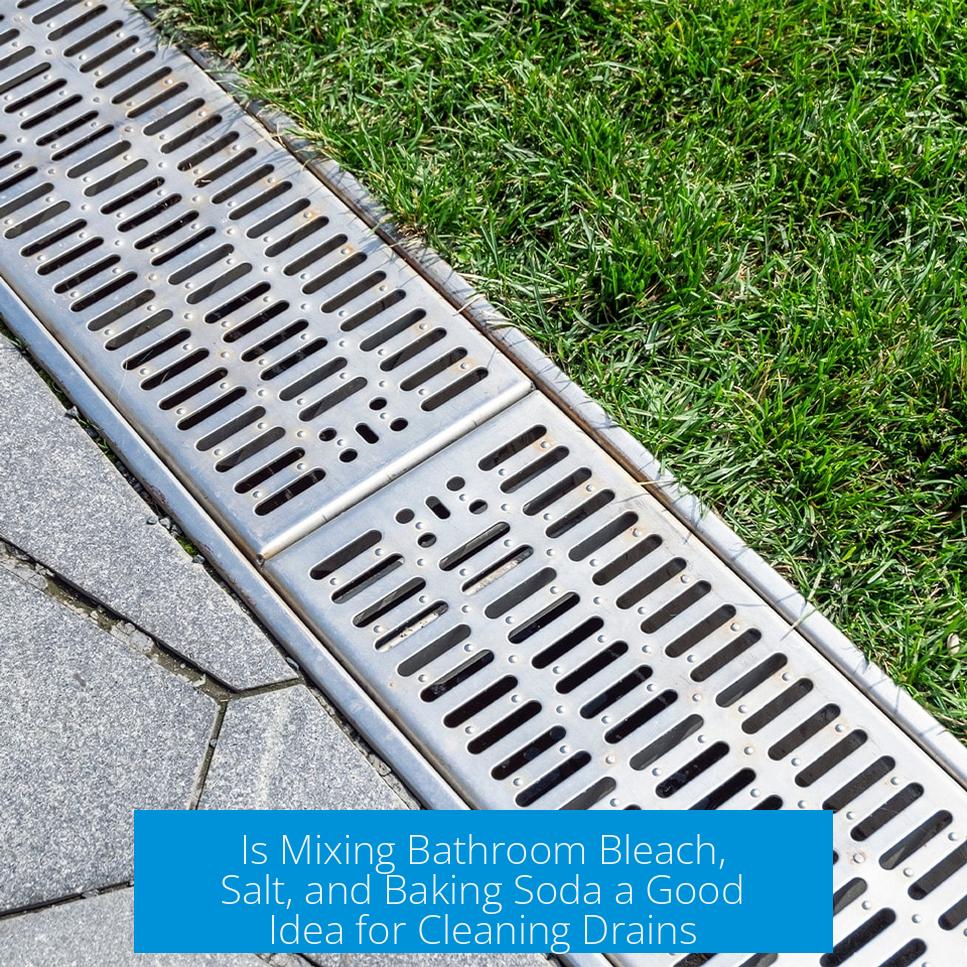
Mixing bathroom bleach, salt, and baking soda to clean drains is generally not advisable due to potential chemical reactions and limited effectiveness for unclogging purposes. Such mixtures may emit harmful fumes and do not adequately clear clogged pipes. Safer and more effective alternatives exist.
General Considerations on Mixing Bleach with Other Chemicals
Bleach is a strong chemical that should not be mixed with other substances except water. Combining bleach with unknown chemicals carries risks. Even for experienced individuals, mixing bleach outside recommended uses can cause accidental hazardous reactions.
In the case of combining bleach with salt and baking soda, it happened not to produce extremely dangerous effects, but this should not be repeated. Instead, professionals recommend using established drain cleaning agents.
Proper ventilation is essential when handling bleach. Opening windows or operating fans reduces exposure to fumes.
Chemical Reactions and Associated Risks
Toxic Gas Formation
Bleach, a sodium hypochlorite solution, can generate chlorine gas when it reacts with acidic substances. Chlorine is a highly toxic gas that irritates the eyes, nose, throat, and lungs.
Baking soda (sodium bicarbonate) is mildly basic but can react with any acids present to produce carbon dioxide gas.
Although baking soda only slightly lowers the pH and hence reduces the risk of chlorine gas formation, the possibility remains if acidic residues exist in the drain.
This risk is much less serious than mixing bleach with strong acids like hydrochloric acid, often found in some toilet cleaners, which rapidly release dangerous chlorine gas.
Reactions Involving Baking Soda and Acids
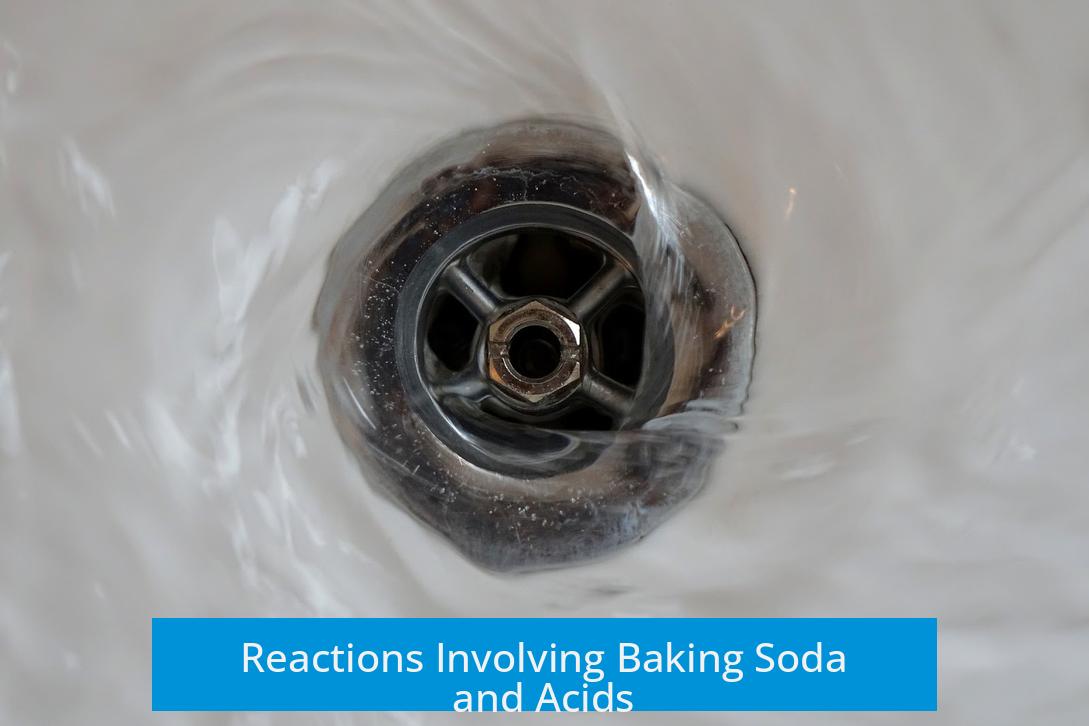
- Baking soda acts as a weak base and neutralizes acids present in a drain.
- When reacting with acids, baking soda releases CO2 gas bubbles, which may aid minor physical cleaning.
- However, these reactions can cause splashing and potentially expose skin or eyes to hazardous chemicals like bleach droplets.
- Mixing baking soda with vinegar is a common household method that produces abundant CO2 and can mildly clear minor blockages.
Overall, these chemical interactions should be handled with care, and direct mixing with bleach is discouraged due to unpredictable outcomes.
Effectiveness of This Mixture for Cleaning Drains
Bleach acts mainly as a disinfectant and whitener. It does not have properties that dissolve organic clogs or clear blockages.
Neither salt nor baking soda participate directly in unclogging tough drain blockages.
Toothpaste bleaching agents also involve sodium chloride, but household bleach’s chlorine role does not improve drain cleaning beyond sanitation.
Baking soda may soften water slightly, potentially helping bleach’s disinfectant effect but does not unclog drains.
Therefore, this mixture offers minimal practical benefits in dissolving or clearing drains.
Safety Precautions for Using Bleach and Cleaning Agents
Avoiding Chemical Exposure
- Never look directly into a drain after adding bleach or chemicals before flushing with large volumes of water.
- Reactions in the drain can cause splashes or sprays of harmful chemicals, risking eye injuries.
- Many incidents have occurred from careless use of drain cleaners causing burns or blindness due to chemical splashes.
Ventilation and Reducing Fumes
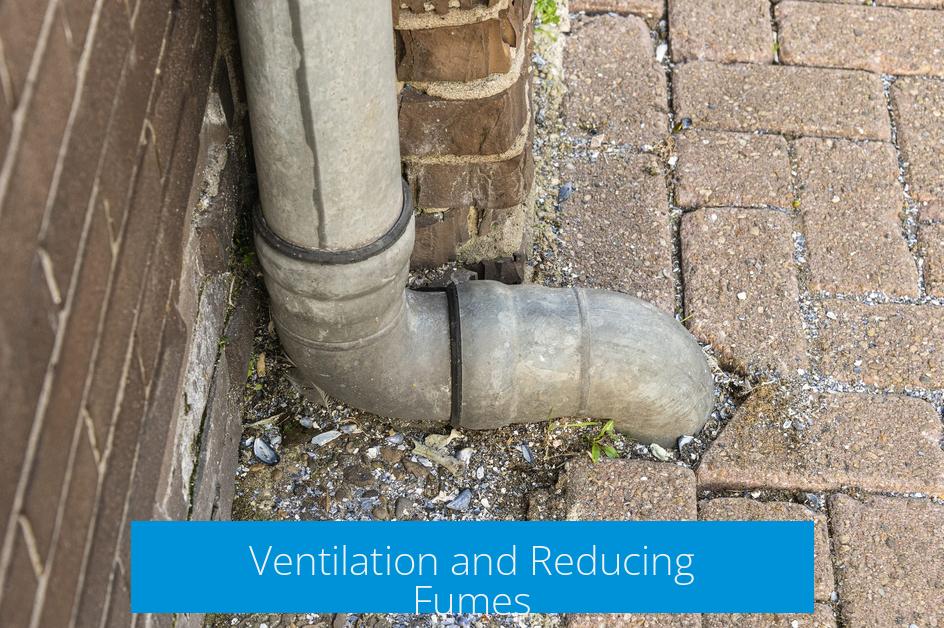
Bleach and chemical reactions produce fumes that irritate respiratory tissue. Using cleaning agents in enclosed, poorly ventilated spaces increases health risks.
Opening windows and running fans helps disperse fumes and reduces irritation.
If irritation occurs—burning eyes, nose, or throat—exiting the area and seeking fresh air is essential.
Alternative and Safer Drain Cleaning Methods
For clogged drains, the following alternatives are recommended:
- Sodium hydroxide (NaOH): Also called lye, it is a traditional and powerful drain cleaner. It dissolves grease and organic matter effectively.
- Baking soda and vinegar: This mixture produces carbon dioxide bubbles that can loosen minor clogs and freshen pipes gently.
- Mechanical methods: Using a plunger or drain snake physically removes blockages without chemicals.
- Commercial enzymatic cleaners: These degrade organic material using enzymes and are safer for pipes and the environment.
Purchasing sodium hydroxide from hardware stores offers a more targeted and fast solution than bleach mixtures for clearing drains.
Additional Notes on Chemical Behavior Involved
Bleach solutions contain sodium chloride due to their preparation involving chlorine disproportionation. Adding extra salt has limited chemical effect.
Baking soda softens water by neutralizing acidity but does not significantly amplify bleach cleaning power for drains.
Home remedies often rely on bubble production or mild chemical action to dislodge superficial drain residues, but cannot replace potent drain cleaners for severe clogs.
Summary of Key Points
- Mixing bleach with salt and baking soda is not an effective or safe method to clean drains.
- Bleach can release toxic gases, especially when combined with acids, posing health risks.
- Baking soda produces CO2 when reacting with acids but does not unclog drains substantially.
- Opening windows and ensuring ventilation are essential when using bleach.
- Avoid looking directly into drains after adding chemicals to prevent injury.
- Use sodium hydroxide or mechanical cleaning tools rather than bleach mixtures for drain clogs.
- Baking soda and vinegar can help minor cleaning via bubble generation but are limited in efficacy.
Is Mixing Bathroom Bleach, Salt, and Baking Soda a Good Idea for Cleaning Drains?
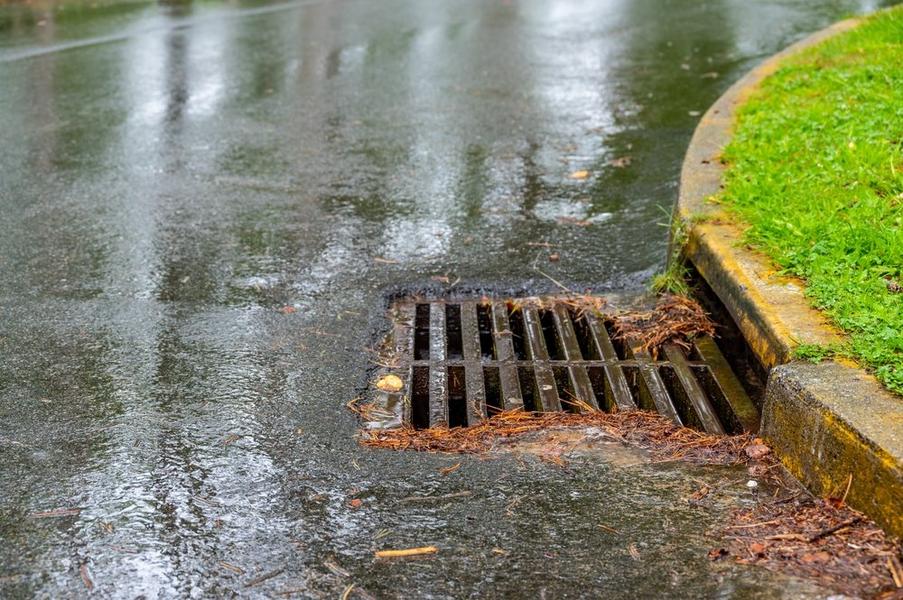
Short answer: No, mixing bathroom bleach, salt, and baking soda to clean drains is NOT a good idea. While you might think this DIY remedy is genius, it carries risks with limited cleaning power. Let’s unpack why this mix isn’t the magic potion for unclogging pipes and what safer, more effective alternatives you should consider.
So, you grabbed some bleach, salt, and baking soda to tackle that stubborn drain clog. Sounds clever, right? Not really. Bleach is a powerful disinfectant and whitening agent, but it’s surprisingly useless for unclogging drains. The salt and baking soda? They don’t work as a miracle combo either.
You mixed these chemicals hoping to solve a problem but ended up playing a risky chemistry game at home. Here’s why.
Bleach and Other Chemicals: A Dangerous Mix
First off, the golden rule of household cleaning: never mix bleach with anything other than water. Bleach is a strong oxidizer designed to kill germs. When mixed improperly, it can produce toxic gases that pose serious health risks.
Mixing bleach with salt and baking soda might sound harmless, but beware! Baking soda is a weak base, and salt is sodium chloride. Bleach chemistry is complex; it already contains sodium chloride as a product from chlorination reactions. Adding more salt probably doesn’t add much except a bit more sodium.
What about dangerous gases? Good news and bad news. Mixing bleach with acid releases chlorine gas, a very toxic and dangerous substance. Baking soda is a base, so theoretically, it shouldn’t create much chlorine gas. However, if there’s any acid lurking in the pipes or if the baking soda interacts with acidic residues, a small amount of chlorine gas might be released. Not catastrophic, but definitely unpleasant and hazardous.
No Real Drain Cleaning Power
Bleach disinfects and whitens surfaces but has no power to dissolve hair, grease, or mineral buildup causing clogs. Likewise, salt and baking soda don’t break down tough grime inside drains.
You might notice that baking soda softens hard water, potentially helping bleach act a little better as a disinfectant. However, “better disinfectant” does not equal “drain unclogger.”
So, if you hoped for a chemical reaction that would bubble and blast blockages away, sorry to disappoint. This mix won’t do that.
Safety First: Open Windows and Avoid Chemical Splashbacks
If you’ve already mixed them, you’re lucky if you’re breathing fine right now. Still, open a window or turn on a fan to ventilate the bathroom. These fumes, while probably not deadly at low levels, irritate eyes, throat, and lungs.
Never, and I mean NEVER, look directly down the drain after dumping chemicals. Chemicals can spew back unexpectedly, causing eye damage or burns. People have lost sight from trying to “inspect” their chemical experiments. You want to keep your eyeballs, trust me.
Personal Experience? A Cautionary Tale
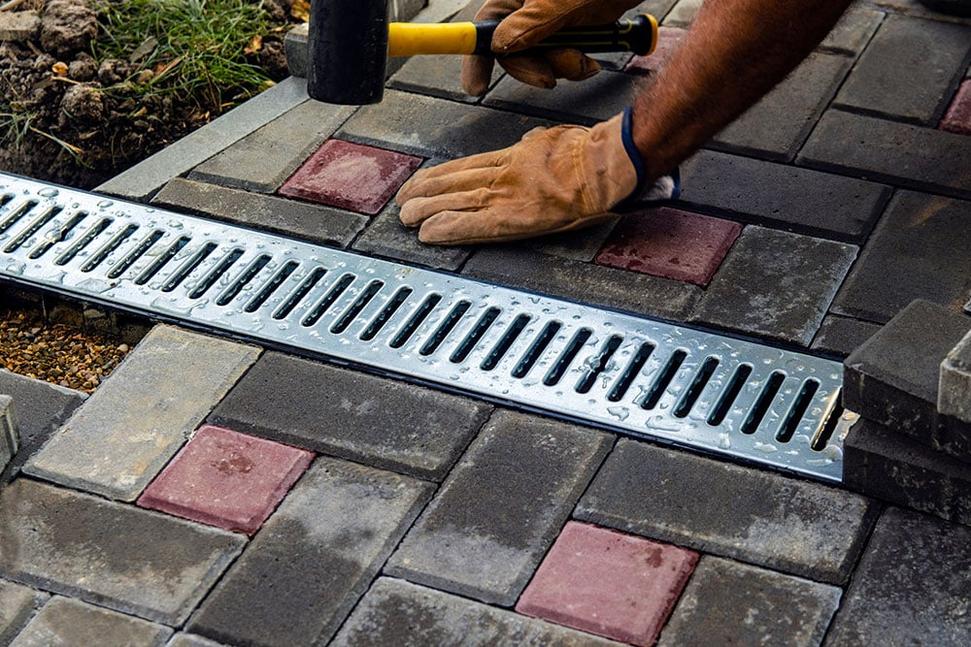
Jason, a DIY enthusiast, swears he once mixed bleach with baking soda to clear his clogged sink drain. He admits, “The smell was horrid, my eyes watered, and the bathroom felt like a chemistry lab gone wrong.” He now sticks to tried-and-tested methods and warns against experimenting with bleach combos.
Better Alternatives to Clean Drains
- Baking soda + vinegar: This combo produces carbon dioxide bubbles that can help dislodge grime. It’s a popular, safe, and natural approach that never produces toxic gases.
- Sodium hydroxide (NaOH): Also known as lye or caustic soda, this is the go-to chemical drain cleaner. It dissolves grease and hair efficiently. Just follow instructions carefully – it’s effective but harsh.
- Store-bought enzyme cleaners: These use natural bacteria to break down organic matter gradually and safely.
- Mechanical cleaning: Use a plunger or a drain snake before chemical treatment.
Why Not Just Buy NaOH?
NaOH for drains works in seconds. It reacts with organic materials turning grease into soap and clearing blockages fast. Unless you’re scared of chemicals, it’s your best bet. Once handled properly, it is far safer than an untested bleach-mixing experiment.
What About Salt? Any Role Here?
Salt in this mix mostly does nothing. It won’t unclog or disinfect better. Some say salt softens hard water, but that’s a minimal effect with zero impact on clearing pipes. Save the salt for seasoning your fries.
Final Thoughts
Mixing bathroom bleach, salt, and baking soda is a chemical cocktail you shouldn’t serve your drains. The risks, like toxic fumes and chemical splashbacks, outweigh the sparse benefits. Plus, it doesn’t unclog drains.
Want your drains clean and your nose intact? Open a window, stick to safer methods, and use appropriate chemicals like NaOH or the classic baking soda-vinegar fizz. Drain problems are a drag but not worth a hazardous home chemistry lesson.
So, did your DIY bleach-salt-baking soda formula save your clog? Probably not. But at least now you know why you shouldn’t try it again—and that knowledge is power!
Is it safe to mix bleach with salt and baking soda for cleaning drains?
No, mixing bleach with other chemicals is risky. It can produce toxic gases, especially if acids are present. Even baking soda might cause dangerous reactions. Avoid mixing bleach with anything but water.
Will bleach, salt, and baking soda unclog or clean my drain effectively?
Bleach disinfects but does not unclog drains. Salt and baking soda do little to clear blockages. For unclogging, sodium hydroxide is a better choice. Your mixture won’t clean drains well.
Can mixing these chemicals cause harmful fumes?
Yes, mixing bleach with baking soda and salt may release chlorine gas or other irritating fumes. Good ventilation is important. Keep windows open and fans on if you’ve done this.
What precautions should I take if I have already mixed these substances?
Do not look directly into the drain, run plenty of water afterward, and ventilate the area. Chemicals can splash or release fumes that hurt your eyes and skin.
What are safer alternatives to clean drains at home?
Use a mixture of baking soda and vinegar for gentle cleaning. For tough clogs, buy a sodium hydroxide drain cleaner. These are more effective and less risky than bleach mixtures.


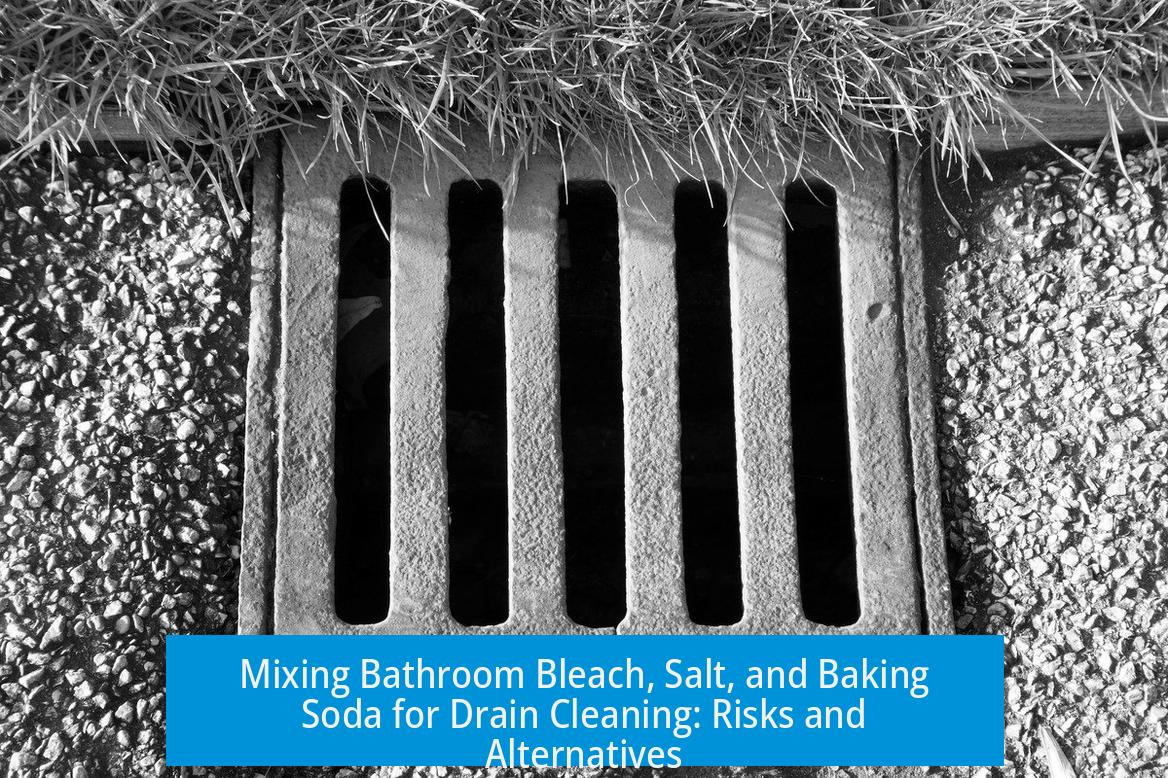
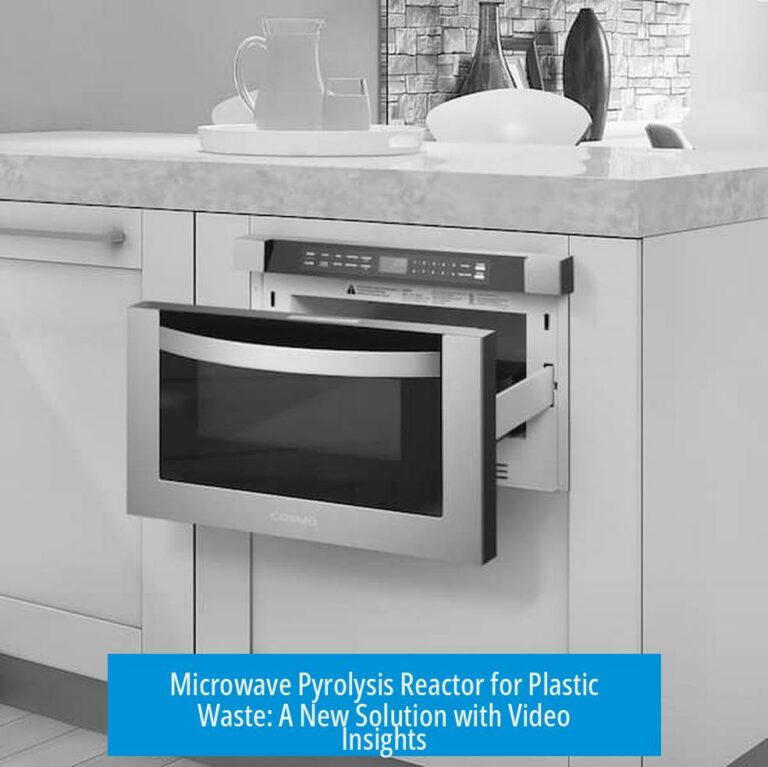

Leave a Comment